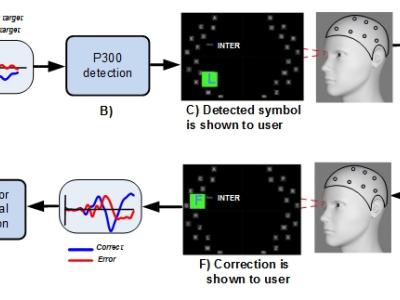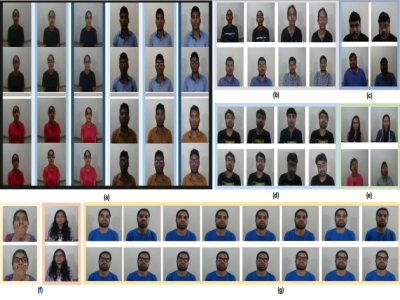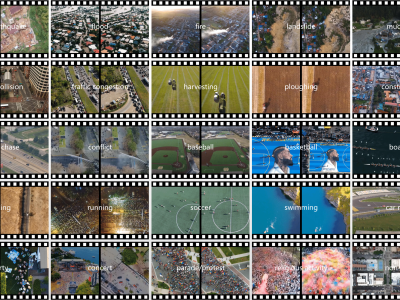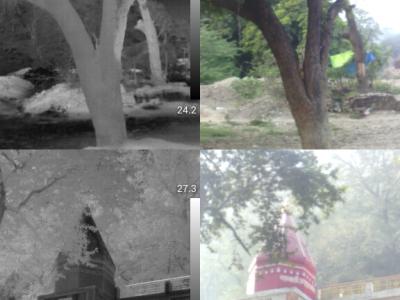
BCI-Double-ErrP-Dataset is an EEG dataset recorded while participants used a P300-based BCI speller. This speller uses a P300 post-detection based on Error-related potentials (ErrPs) to detect and correct errors (i.e. when the detected symbol does not match the user’s intention). After the P300 detection, an automatic correction is made when an ErrP is detected (this is called a “Primary ErrP”). The correction proposed by the system is also evaluated, eventually eliciting a “Secondary ErrP” if the correction is wrong.
- Categories:









